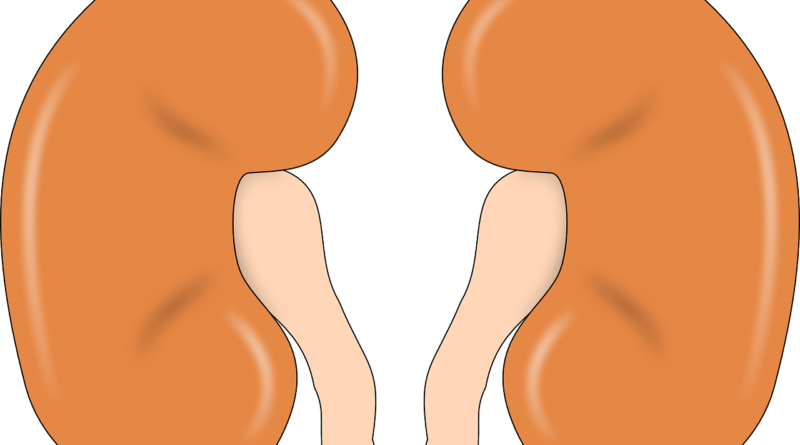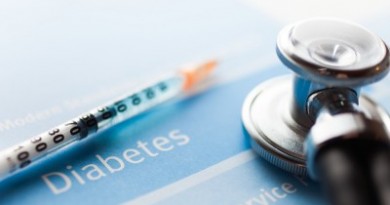Diabetes Insipidus Symptoms, Causes, & Prevention
They might sound the same but diabetes insipidus is not the same as diabetes mellitus (which is commonly known as “diabetes”). In this article, we’ll talk about the diabetes insipidus, common diabetes insipidus symptoms, causes, and tips regarding its prevention. So, let’s start by discussing what is diabetes insipidus.
What is Diabetes Insipidus?
Diabetes insipidus is a rare illness that produces a fluid imbalance in the body. This imbalance causes you to produce a lot of pee. Even if you drink all the time, it still makes you incredibly thirsty. Diabetes insipidus symptoms are unusual most of the times. Therefore they can be easily identified.
It happens when the kidneys cannot prevent water excretion, causing continuous thirst and frequent urination. A person typically excretes around 2 quarts (qt) of urine daily. Diabetes insipidus patients might generate up to 20 quarts (qt) of urine each day.
Diabetes insipidus rarely causes severe complications. People may usually control it by drinking enough water to keep hydrated. This can be more challenging for people who have difficulty quenching their thirsts, such as newborns or the elderly. Diabetes insipidus can cause serious problems such as disorientation, seizures, brain damage, and death in some people.
Symptoms
The frequent need to pass large amounts of diluted urine and severe thirst are the two major symptoms of diabetes insipidus. These symptoms, also known as polyuria and polydipsia, are two of the three polys of diabetes.
Other diabetes insipidus signs and symptoms include:
- waking up frequently to urinate
- bed wetting
- passing pale urine
- having dry skin
- constipation
- muscular weakness
- Extreme thirst: Usually drinking 1 or more than 1 gallon of liquid per day
- Fatigue
- Feeling sluggish
- Dizziness
- Confusion
- Nausea
- Loss of consciousness
People may endure dehydration and sleep disruption as a result of these symptoms. Diabetes insipidus can potentially cause lifelong kidney damage if not treated properly.
Furthermore, newborns with diabetes insipidus may experience the following symptoms:
- irritability
- poor feeding
- stalled growth
- high fever
Why Does It Occur?
The kidneys are excretory organs. They filter the blood to eliminate wastes (such as urea) and to keep the quantity of salts and water in the circulation balanced. Vasopressin regulates how much water the kidneys release. Diabetes insipidus is typically caused by vasopressin deficiencies. This hormone assists the kidneys in balancing the quantity of fluid and salts in the body.
Vasopressin is produced in the hypothalamus then stored in the pituitary gland, a tiny gland located at the base of the brain. Excess urine is produced as a result of conditions that affect vasopressin deficit or limit its function.
Your body can’t correctly regulate fluid levels if you have diabetes insipidus. The reason is determined by the type of diabetes insipidus that you have.
Prevention
Diabetes insipidus is sometimes difficult, if not impossible, to prevent since hereditary disorders or other illnesses cause it. Diabetes insipidus has no known treatment. However, therapies can soothe your thirst, reduce your urine production, and keep you hydrated.
Diabetes insipidus symptoms can be adequately managed. It is frequently a lifelong ailment; however, through continuing therapy, the outcome can be favorable. Effective primary preventative measures for diabetic insipidus include:
- Reduced salt consumption
- Avoiding lithium and other medicines that can have a negative impact on the kidneys.
Final Words
Diabetes insipidus does not result in renal failure or dialysis. Your kidneys continue to conduct their primary function: cleanse your blood. The diabetes insipidus symptoms may vanish if proper care is taken.
You will, however, be more vulnerable to dehydration. Ensure that you have plenty to drink nearby, especially if it’s hot or you’re exercising. Carry your prescription and avoid circumstances where you won’t be able to acquire water. Wearing “medic alert” jewelry or carrying a letter about your condition and listed diabetes insipidus symptoms with you is also a good idea so that medical personnel are aware of it.
- Adolescents Living With Diabetes - August 6, 2022
- Diabetes Insipidus Symptoms, Causes, & Prevention - July 26, 2022
- Insulin Shortage May Affect Almost Half of the Diabetics by 2030 - November 24, 2018




